-
 Bitcoin
Bitcoin $119000
0.17% -
 Ethereum
Ethereum $3664
-2.12% -
 XRP
XRP $3.229
-7.77% -
 Tether USDt
Tether USDt $1.001
0.02% -
 BNB
BNB $783.2
-1.48% -
 Solana
Solana $191.3
-5.26% -
 USDC
USDC $1.000
0.03% -
 Dogecoin
Dogecoin $0.2450
-7.74% -
 TRON
TRON $0.3115
-1.61% -
 Cardano
Cardano $0.8229
-6.80% -
 Hyperliquid
Hyperliquid $44.17
-2.93% -
 Stellar
Stellar $0.4343
-7.23% -
 Sui
Sui $3.792
-4.09% -
 Chainlink
Chainlink $18.38
-5.73% -
 Hedera
Hedera $0.2491
-7.79% -
 Bitcoin Cash
Bitcoin Cash $518.1
-1.51% -
 Avalanche
Avalanche $24.13
-5.84% -
 Litecoin
Litecoin $113.9
-5.41% -
 UNUS SED LEO
UNUS SED LEO $8.974
-0.21% -
 Shiba Inu
Shiba Inu $0.00001400
-7.98% -
 Toncoin
Toncoin $3.215
-2.09% -
 Ethena USDe
Ethena USDe $1.001
0.03% -
 Polkadot
Polkadot $4.178
-6.84% -
 Uniswap
Uniswap $10.38
-3.05% -
 Monero
Monero $317.8
-1.85% -
 Bitget Token
Bitget Token $4.733
-1.94% -
 Pepe
Pepe $0.00001293
-8.20% -
 Dai
Dai $1.000
0.02% -
 Aave
Aave $292.8
-4.74% -
 Bittensor
Bittensor $430.1
-3.67%
How to track NFT sales and prices?
NFT tracking involves using marketplaces like OpenSea, analytics platforms like DappRadar, and blockchain explorers like Etherscan to monitor sales, ownership, and price trends across blockchains.
Jul 17, 2025 at 07:56 pm
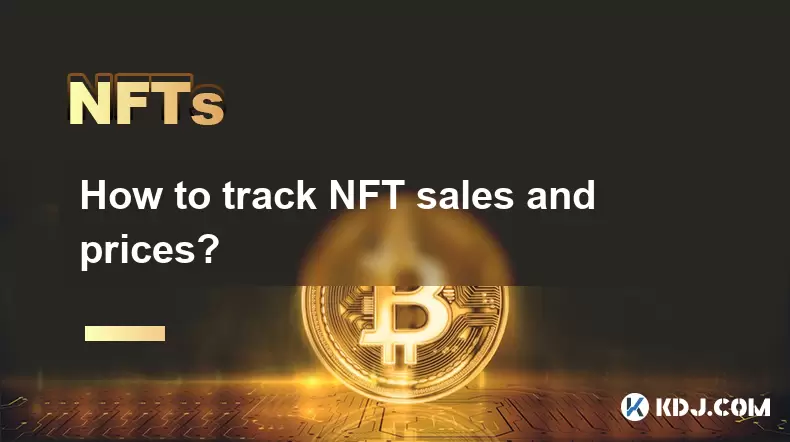
Understanding the Basics of NFT Tracking
Tracking NFT sales and prices begins with understanding what NFTs are and how they function on blockchain networks. NFTs, or Non-Fungible Tokens, represent ownership of unique digital assets such as art, music, videos, and virtual real estate. Each NFT is recorded on a blockchain, typically Ethereum, though other blockchains like Solana and Binance Smart Chain also host NFTs. To track their value and transaction history, users need to access platforms that aggregate this data from the blockchain. The blockchain ledger ensures transparency and immutability, making it possible to trace every sale and ownership change.
Exploring Popular NFT Marketplaces for Tracking
Many NFT marketplaces provide built-in tracking tools that allow users to monitor recent sales and price trends. Platforms like OpenSea, Rarible, and LooksRare offer detailed insights into NFT transactions. On OpenSea, for example, users can view an asset's entire history, including past sale prices, current listings, and bidding activity. These platforms often feature filters based on collection, price range, and time frame, enabling users to narrow down specific NFTs or categories. By navigating through the "Activity" tab on these marketplaces, users can see real-time updates of all transactions related to a particular NFT or artist.
- Go to the NFT marketplace website (e.g., OpenSea).
- Search for the desired NFT or artist.
- Click on the NFT to open its details page.
- Navigate to the "Activity" or "History" section.
- Review the timeline of sales, transfers, and offers.
Utilizing NFT Analytics and Tracking Platforms
Beyond individual marketplaces, dedicated NFT analytics platforms offer more comprehensive tracking capabilities. Tools like DappRadar, Rarity.tools, and CryptoSlam! aggregate data across multiple blockchains and marketplaces, giving users a broader view of the NFT ecosystem. These platforms provide metrics such as floor prices, trading volume, and historical price charts for different collections. DappRadar, for instance, allows users to filter by blockchain and category, offering insights into trending projects and under-the-radar opportunities. Some platforms even offer alerts and notifications when an NFT meets certain criteria, such as a price drop or a new listing.
- Visit an NFT analytics platform (e.g., DappRadar).
- Use the search bar to find a specific NFT collection or artist.
- Explore the statistics and visualizations provided.
- Set up alerts if the platform supports custom notifications.
- Compare price trends across different marketplaces and time periods.
Monitoring Blockchain Explorers for Real-Time Data
For advanced users, blockchain explorers like Etherscan (for Ethereum) and Solscan (for Solana) serve as powerful tools for tracking NFT transactions directly on the blockchain. These explorers allow users to look up wallet addresses, contract interactions, and token transfers in real time. When monitoring NFT sales, one can input the contract address of a specific NFT collection and review the list of transactions associated with it. This method provides raw, unfiltered data without relying on third-party interpretations. Etherscan’s Token Tracker, for example, displays each transfer, mint, and sale event linked to an NFT contract.
- Choose a blockchain explorer compatible with the NFT’s network.
- Enter the NFT contract address or wallet address.
- Look for events labeled as “Transfer” or “Sale.”
- Check timestamps and transaction hashes for verification.
- Cross-reference findings with marketplace data for context.
Leveraging Wallet Integrations and APIs
Wallet services like MetaMask and Trust Wallet can be integrated with NFT tracking tools to monitor personal holdings and track market movements. Many wallets now display NFT balances and recent activity within their interfaces, allowing users to keep tabs on their digital assets effortlessly. Additionally, developers can use NFT tracking APIs from providers like Alchemy and Moralis to build custom dashboards or integrate tracking features into applications. These APIs return structured data about NFT ownership, metadata, and transaction history, which can be used to create tailored tracking experiences. Moralis’ NFT API, for example, enables real-time updates and historical queries for any supported blockchain.
- Connect your wallet to a tracking service or dashboard.
- Enable NFT visibility in your wallet settings.
- Use API keys to fetch NFT data programmatically.
- Build or customize dashboards using available SDKs.
- Subscribe to webhooks for instant transaction alerts.
Frequently Asked Questions
Q: Can I track NFTs across multiple blockchains?
Yes, platforms like DappRadar and CryptoSlam support multi-chain tracking, allowing you to monitor NFT activity on Ethereum, Solana, Polygon, and other networks from a single interface.
Q: How accurate are NFT price trackers?
Most NFT tracking platforms pull data directly from marketplaces and blockchain explorers, ensuring high accuracy. However, discrepancies may occur due to delayed indexing or off-platform sales.
Q: Is it possible to track private NFT sales?
Private sales conducted outside of public marketplaces may not appear on standard tracking tools. Only transactions recorded on the blockchain or listed on marketplaces will be visible through tracking platforms.
Q: Do I need technical knowledge to use NFT tracking tools?
No, most NFT tracking tools are user-friendly and do not require coding skills. Basic navigation and familiarity with blockchain concepts are sufficient for effective tracking.
Disclaimer:info@kdj.com
The information provided is not trading advice. kdj.com does not assume any responsibility for any investments made based on the information provided in this article. Cryptocurrencies are highly volatile and it is highly recommended that you invest with caution after thorough research!
If you believe that the content used on this website infringes your copyright, please contact us immediately (info@kdj.com) and we will delete it promptly.
- Rare Coins Alert: Could That £1 Coin Be Worth Over £500?
- 2025-07-24 14:30:12
- DOGE's Zero-Knowledge Leap: A Comeback Catalyst?
- 2025-07-24 14:30:12
- XRP, Solana, and Institutional Adoption: A New Era for Crypto?
- 2025-07-24 11:10:12
- Dogecoin, Remittix, and Crypto Protocols: The Evolution of Digital Finance
- 2025-07-24 10:50:12
- BlockDAG, Hedera, and Stellar: Charting the Course for Crypto's Future
- 2025-07-24 10:50:12
- BlockDAG's No-Vesting Edge: Can It Outpace Cardano's Price?
- 2025-07-24 11:10:12
Related knowledge
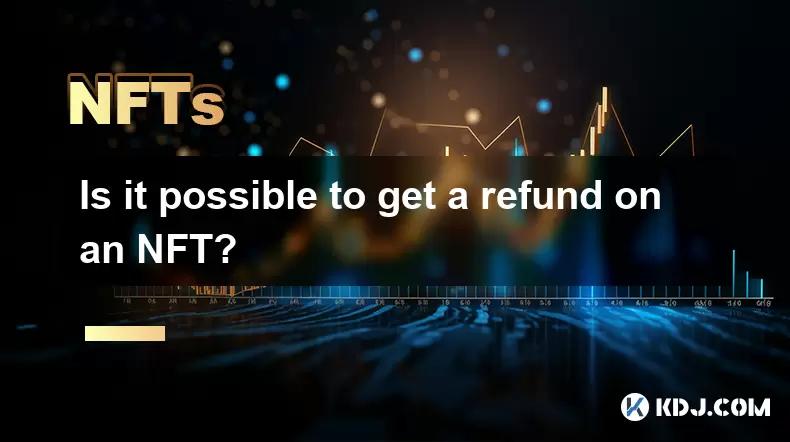
Is it possible to get a refund on an NFT?
Jul 21,2025 at 08:35pm
Understanding NFT Transactions and RefundsWhen you purchase an NFT (Non-Fungible Token), the transaction is typically recorded on a blockchain, making...
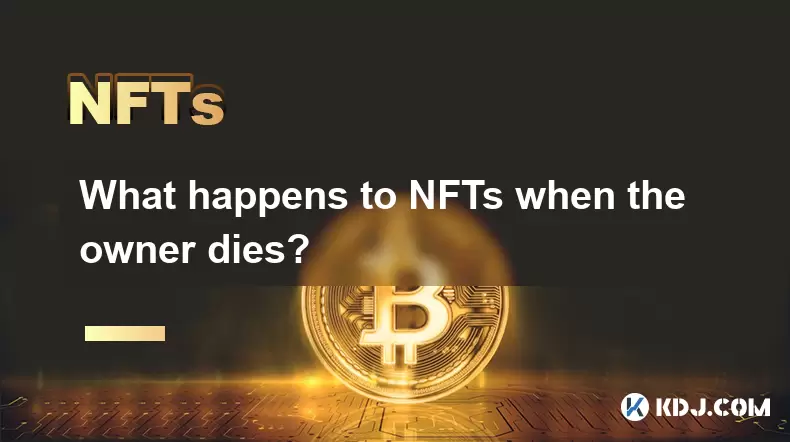
What happens to NFTs when the owner dies?
Jul 22,2025 at 02:43pm
Legal Ownership and Digital AssetsWhen an individual owns NFTs, the question of what happens to these assets upon their death is a pressing one. NFTs ...
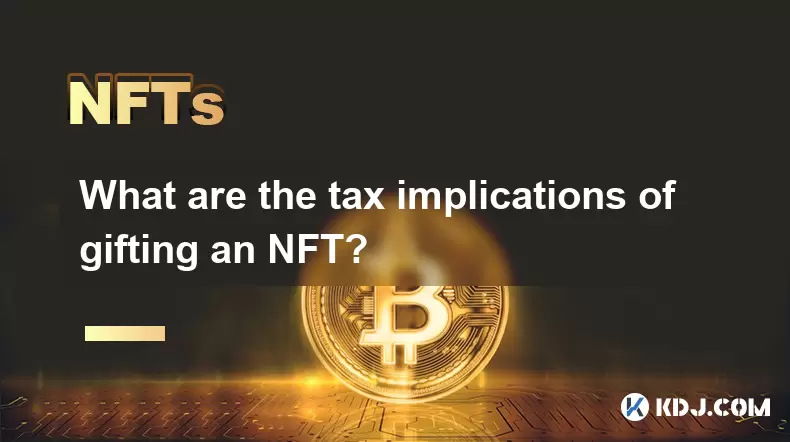
What are the tax implications of gifting an NFT?
Jul 19,2025 at 04:21am
Understanding the Basics of NFT GiftingGifting a Non-Fungible Token (NFT) involves transferring ownership from one individual to another without recei...
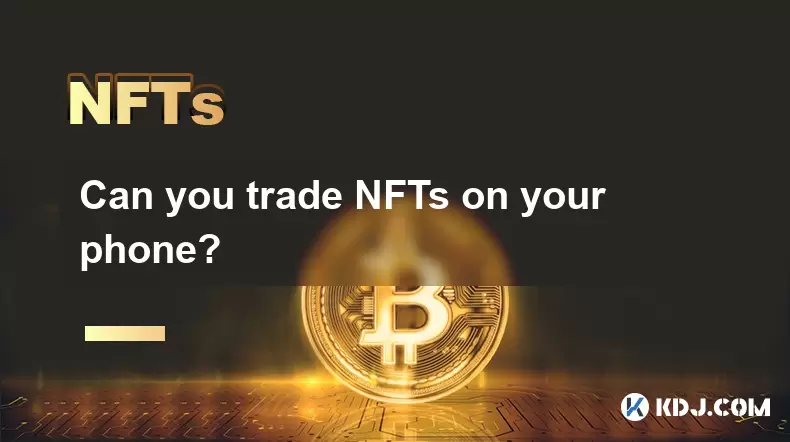
Can you trade NFTs on your phone?
Jul 18,2025 at 04:29am
Trading NFTs on Mobile DevicesYes, you can trade NFTs on your phone, and the process has become increasingly streamlined thanks to a variety of mobile...
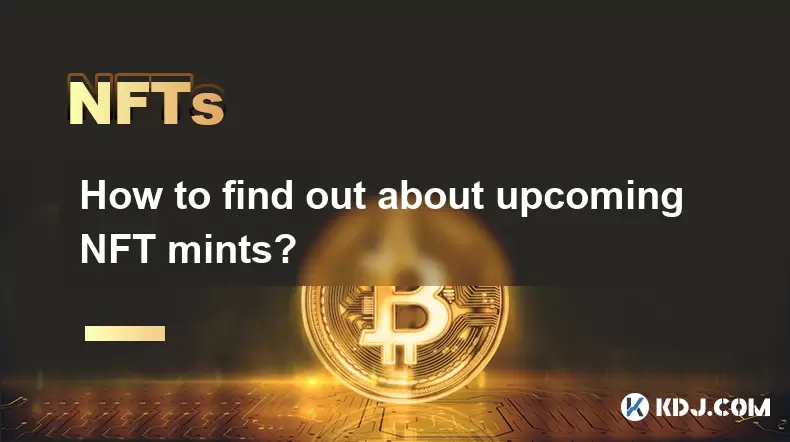
How to find out about upcoming NFT mints?
Jul 18,2025 at 11:50am
Exploring NFT Minting OpportunitiesUnderstanding the landscape of upcoming NFT mints is crucial for collectors, investors, and creators who wish to st...
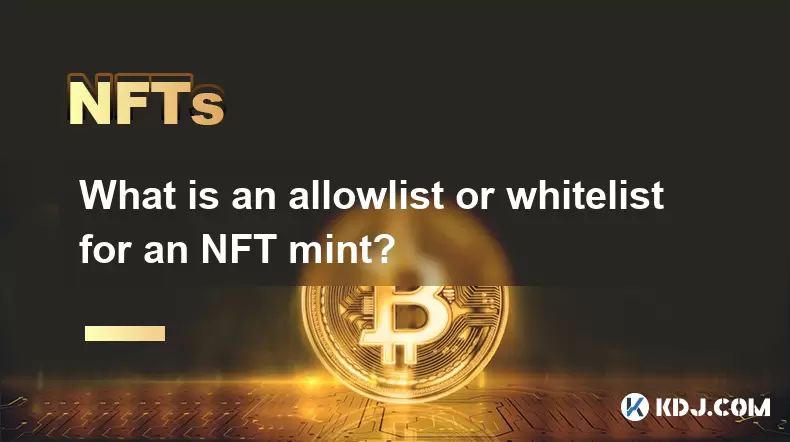
What is an allowlist or whitelist for an NFT mint?
Jul 20,2025 at 07:14pm
Understanding the Concept of an Allowlist for NFT MintingAn allowlist, also commonly referred to as a whitelist, is a mechanism used in the NFT mintin...

Is it possible to get a refund on an NFT?
Jul 21,2025 at 08:35pm
Understanding NFT Transactions and RefundsWhen you purchase an NFT (Non-Fungible Token), the transaction is typically recorded on a blockchain, making...

What happens to NFTs when the owner dies?
Jul 22,2025 at 02:43pm
Legal Ownership and Digital AssetsWhen an individual owns NFTs, the question of what happens to these assets upon their death is a pressing one. NFTs ...

What are the tax implications of gifting an NFT?
Jul 19,2025 at 04:21am
Understanding the Basics of NFT GiftingGifting a Non-Fungible Token (NFT) involves transferring ownership from one individual to another without recei...

Can you trade NFTs on your phone?
Jul 18,2025 at 04:29am
Trading NFTs on Mobile DevicesYes, you can trade NFTs on your phone, and the process has become increasingly streamlined thanks to a variety of mobile...

How to find out about upcoming NFT mints?
Jul 18,2025 at 11:50am
Exploring NFT Minting OpportunitiesUnderstanding the landscape of upcoming NFT mints is crucial for collectors, investors, and creators who wish to st...

What is an allowlist or whitelist for an NFT mint?
Jul 20,2025 at 07:14pm
Understanding the Concept of an Allowlist for NFT MintingAn allowlist, also commonly referred to as a whitelist, is a mechanism used in the NFT mintin...
See all articles

























































































